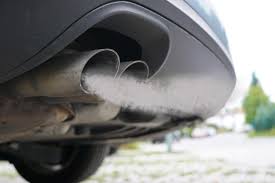2ZZGE VS K20A2
Clash Of The Greats!
2ZZ-GE vs K20A2 Battle!
When it comes to naturally aspirated four-cylinder engines that balance high-revving performance with reliability, the Toyota 2ZZ-GE and Honda K20A2 often lead the conversation. Both engines have powered lightweight, sporty cars and have developed cult followings for their VTEC/Lift systems and tuning potential. Despite their shared characteristics, the 2ZZ and K20 differ in design philosophy, aftermarket support, and real-world application, making each better suited to different kinds of builds and goals.




Comments
Post a Comment